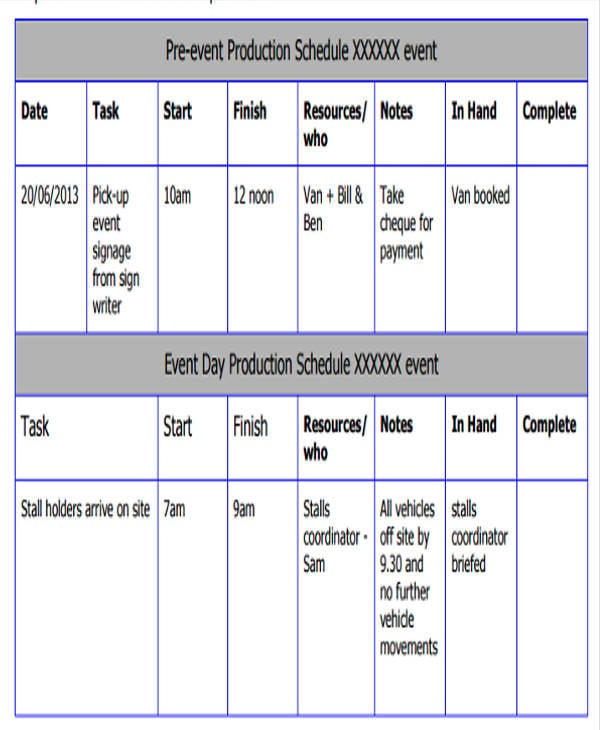Overcoming Obstacles in the Craft of Video Image Mapping Implementation
Wiki Article
Video projections mapping is an exciting technology that transforms common areas into dynamic presentations. This technique allows creators and designers to project images and footage onto objects like structures, sculptures, or stages, creating an immersive visual encounter. However, despite its potential, implementing video projection mapping successfully comes with several challenges. Understanding and addressing these obstacles is essential for anyone looking to create memorable projection art.
One of the main challenges in video projection mapping is guaranteeing that the projected graphic aligns accurately with the surface. This procedure, known as "mapping," demands precise measurements and figures. If the display is not aligned properly, the visuals can look distorted or off. To address this problem, creators often use dedicated software that assists in mapping the graphics to the object's dimensions. Moreover, conducting thorough tests before the final projection can help detect any misalignments and enable for adjustments to be made.

Another significant obstacle is the different luminosity and color of the displayed images. Different materials react variously to light, which can influence how the colors appear once cast. For instance, a light-colored material will reflect brightness variously than a dark one. To tackle this, artists must consider the material properties before selecting the colors and brightness for their displays. Testing the display on the actual surface during the preparation phase can provide valuable understanding into how the final presentation will appear.
Technical difficulties can also create a challenge in video projection mapping. Issues such as equipment failure, software bugs, or connectivity problems can disrupt the entire project. click for source To reduce these risks, it is essential to conduct thorough hardware checks and have contingency plans in position. This can include having additional cables, projectors, and even backup software options ready to go. Being ready for technological difficulties can ensure a more seamless implementation of the projection.
Finally, audience engagement is an essential aspect of video projection mapping. While the visuals are critical, how the viewers engage with the presentation can make a significant difference. Creators must think about how to design their projections to attract viewers’ attention and encourage interaction. This can involve incorporating elements that encourage participation or create a story that connects with the viewers. Gathering input from test audiences can also help refine the presentation to enhance engagement.
In summary, addressing challenges in video projection mapping requires careful planning and innovation. By addressing the issues of matching, luminosity, technological problems, check out here and viewer engagement, artists can produce spectacular and effective projections. With the right approaches in position, video projection mapping can change common areas into remarkable encounters, engaging viewers and creating a lasting impact.